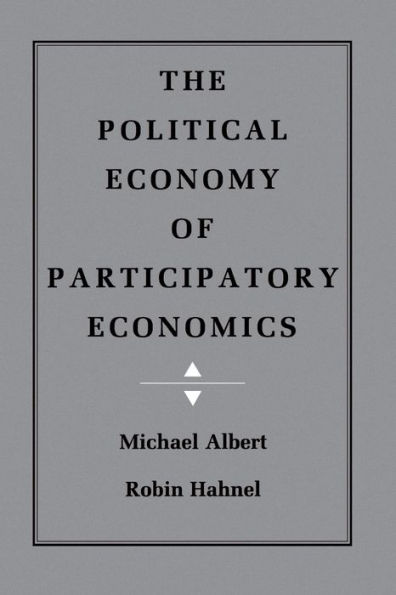5
1
9780691003849



The Political Economy of Participatory Economics / Edition 1 available in Paperback, eBook

The Political Economy of Participatory Economics / Edition 1
- ISBN-10:
- 069100384X
- ISBN-13:
- 9780691003849
- Pub. Date:
- 04/09/1991
- Publisher:
- Princeton University Press
- ISBN-10:
- 069100384X
- ISBN-13:
- 9780691003849
- Pub. Date:
- 04/09/1991
- Publisher:
- Princeton University Press

The Political Economy of Participatory Economics / Edition 1
$42.0
42.0
In Stock

Product Details
| ISBN-13: | 9780691003849 |
|---|---|
| Publisher: | Princeton University Press |
| Publication date: | 04/09/1991 |
| Pages: | 144 |
| Product dimensions: | 6.00(w) x 9.00(h) x (d) |
From the B&N Reads Blog
